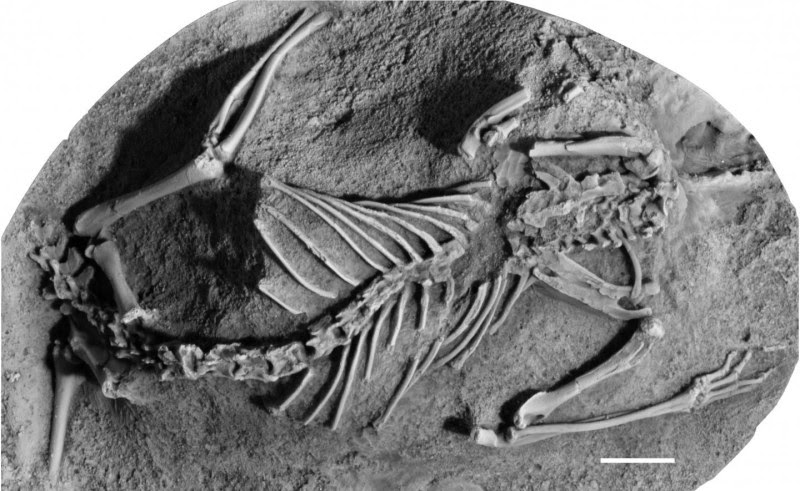
The extinction of the dinosaurs 66 million years ago is thought to have paved the way for mammals to dominate, but a new study shows that many mammals died off alongside the dinosaurs.
Metatherian mammals–the extinct relatives of living marsupials (“mammals with pouches,” such as opossums) thrived in the shadow of the dinosaurs during the Cretaceous period. The new study, by an international team of experts on mammal evolution and mass extinctions, shows that these once-abundant mammals nearly followed the dinosaurs into oblivion.
When a 10-km-wide asteroid struck what is now Mexico at the end of the Cretaceous and unleashed a global cataclysm of environmental destruction, some two-thirds of all metatherians living in North America perished. This includes more than 90% of species living in the northern Great Plains of the USA, the best area in the world for preserving latest Cretaceous mammal fossils.
In the aftermath of the mass extinction, metatherians would never recover their previous diversity, which is why marsupial mammals are rare today and largely restricted to unusual environments in Australia and South America.
Taking advantage of the metatherian demise were the placental mammals: species that give live birth to well-developed young. They are ubiquitous across the globe today and include everything from mice to men.
Dr. Thomas Williamson of the New Mexico Museum of Natural History and Science, lead author on the study, said: “This is a new twist on a classic story. It wasn’t only that dinosaurs died out, providing an opportunity for mammals to reign, but that many types of mammals, such as most metatherians, died out too — this allowed advanced placental mammals to rise to dominance.”
Dr. Steve Brusatte of the University of Edinburgh’s School of GeoSciences, an author on the report, said: “The classic tale is that dinosaurs died out and mammals, which had been waiting in the wings for over 100 million years, then finally had their chance. But our study shows that many mammals came perilously close to extinction. If a few lucky species didn’t make it through, then mammals may have gone the way of the dinosaurs and we wouldn’t be here.”
The new study is published in the open access journal ZooKeys. It reviews the Cretaceous evolutionary history of metatherians and provides the most up-to-date family tree for these mammals based on the latest fossil records, which allowed researchers to study extinction patterns in unprecedented detail.
Dr. Gregory Wilson of the University of Washington also took part in the study.
The work was supported by the US National Science Foundation and the European Commission.
Reference:
Thomas E. Williamson, Stephen L. Brusatte, Gregory P. Wilson. The origin and early evolution of metatherian mammals: the Cretaceous record. ZooKeys, 2014; 465: 1 DOI: 10.3897/zookeys.465.8178
Note : The above story is based on materials provided by Pensoft Publishers. The original story is licensed under a Creative Commons License.










